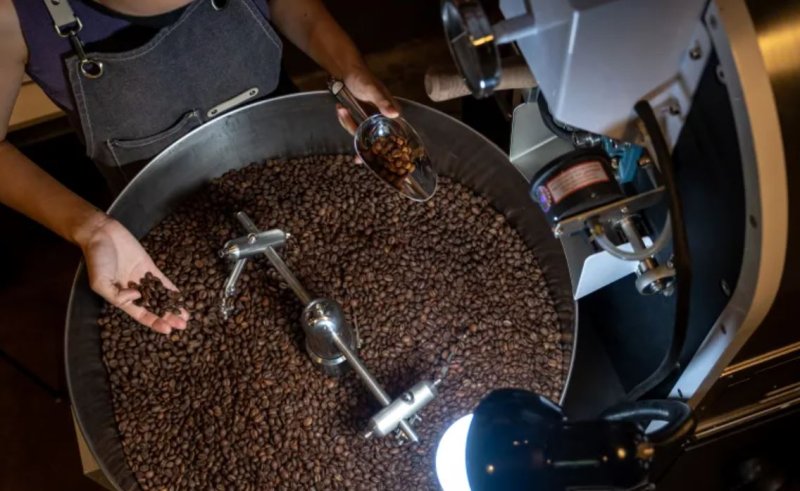
Vietnam's Quest to Save Coffee: Rehabilitating the Robusta Bean
In Vietnam, the world's second-largest coffee producer, there's a pressing mission underway: to revive the reputation of the widely grown but often disregarded Robusta bean.
Robusta has long been considered inferior to Arabica due to its perceived lack of complexity and flavor. However, few are determined to change perceptions.
In efforts to change this perception, A young man, Hoa calls himself a “green bean hunter” and is the owner of Stone Village Lab and Education, a company that researches and sources high-quality coffee beans for cafes and coffee businesses conducts demonstrations for baristas and cafe owners, showcasing the potential of Robusta to produce excellent coffee. Hoa's efforts are fueled by the urgency to protect the coffee industry from the threats of climate change, which pose a significant risk to Arabica production.
Vietnam, the world's largest Robusta producer, plays a pivotal role in this endeavor. Introduced by French colonists in the 1850s, coffee cultivation rapidly expanded, particularly after Vietnam's economic shift towards market orientation in 1986. Today, the Central Highlands plateau, especially around Buon Ma Thuot, accounts for 90% of Vietnam's coffee production, with vast fields of coffee plants stretching as far as the eye can see.
As climate change threatens Arabica production, the rehabilitation of Robusta is crucial for the coffee industry's future. Vietnam's dominance in Robusta cultivation positions it as a key player in reshaping the global coffee landscape.


